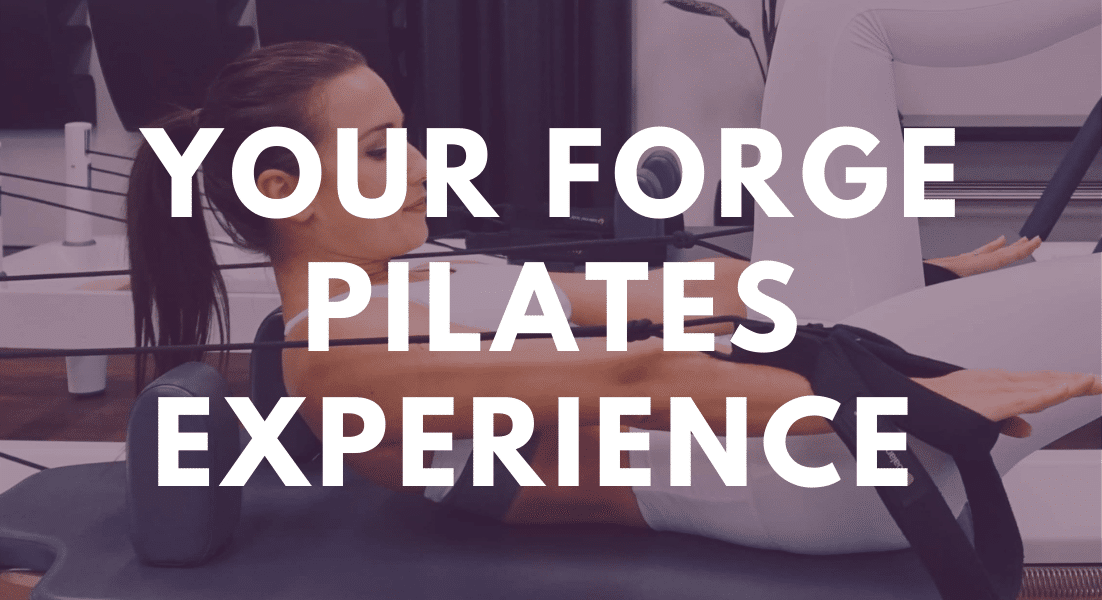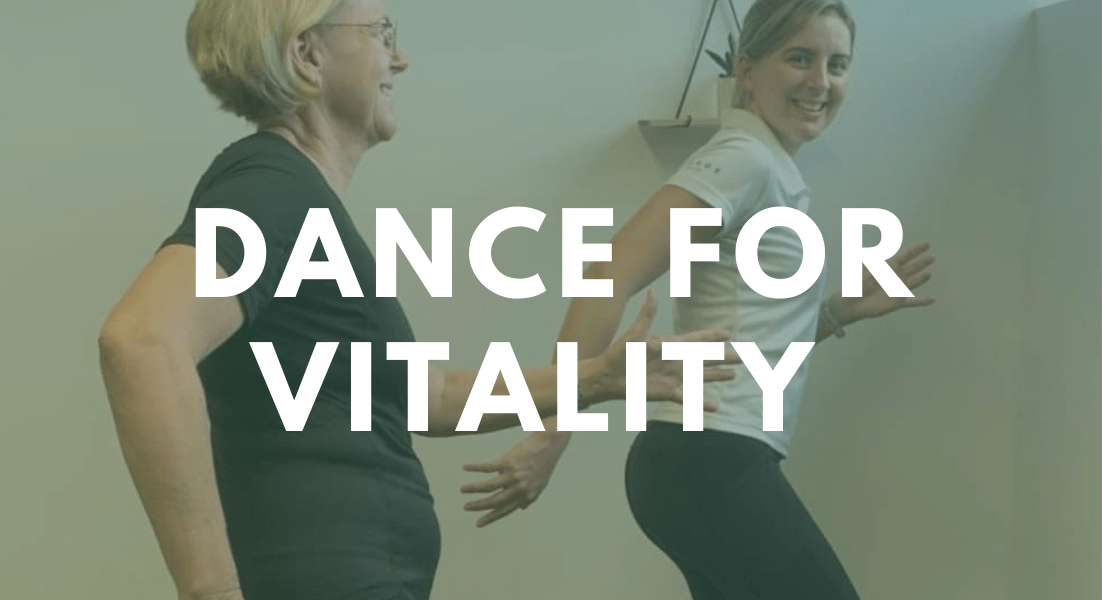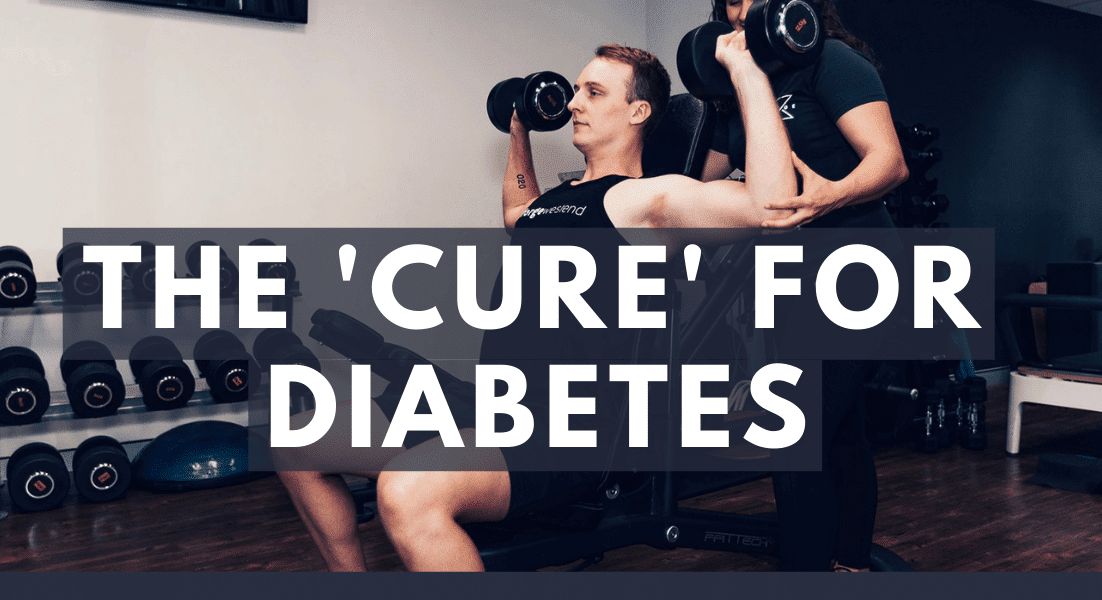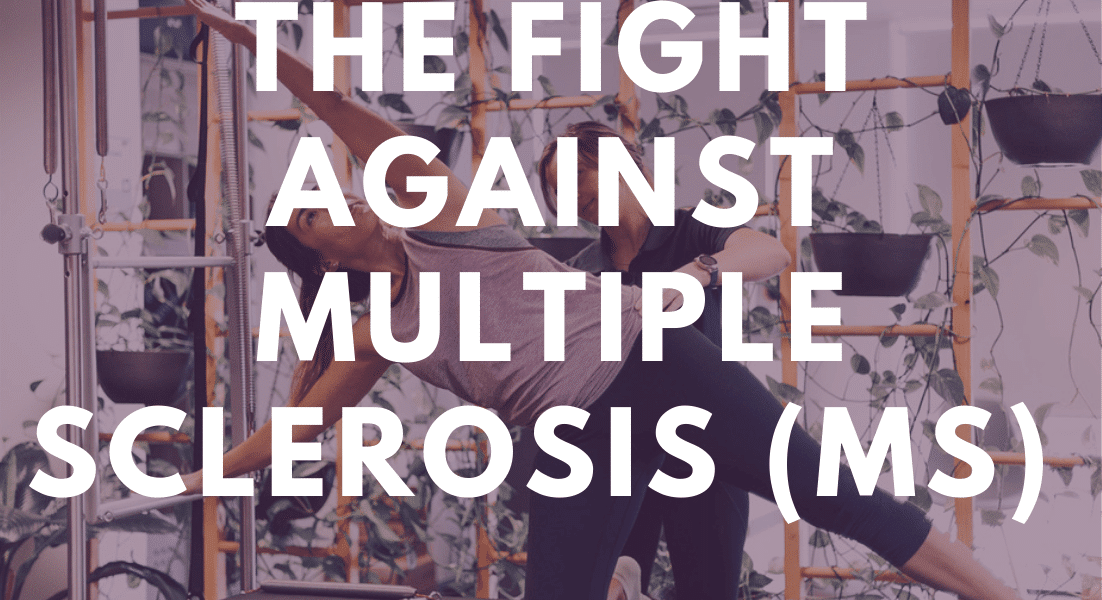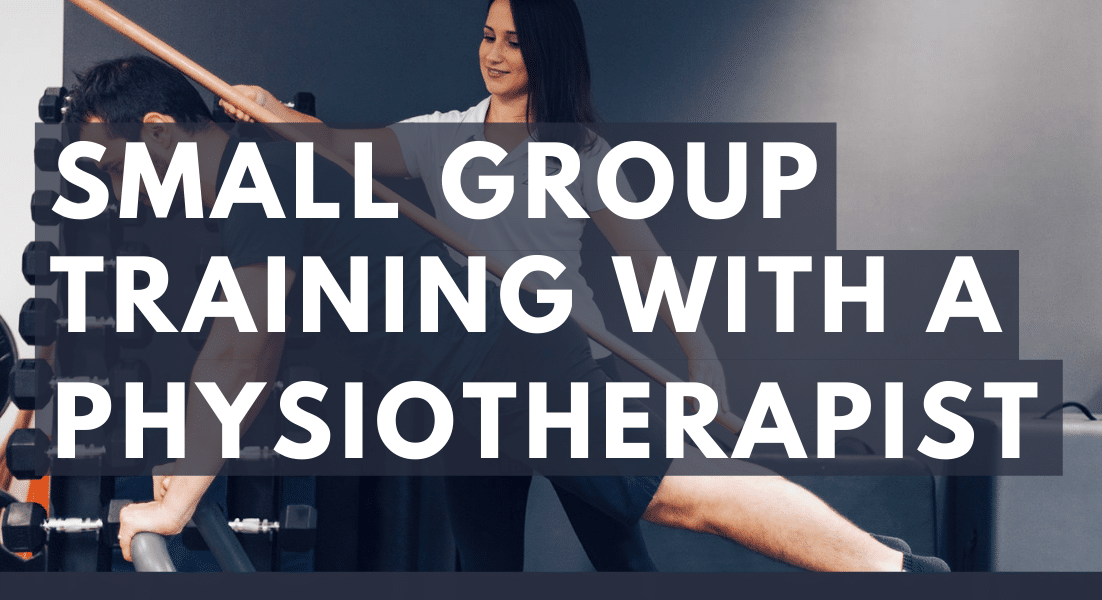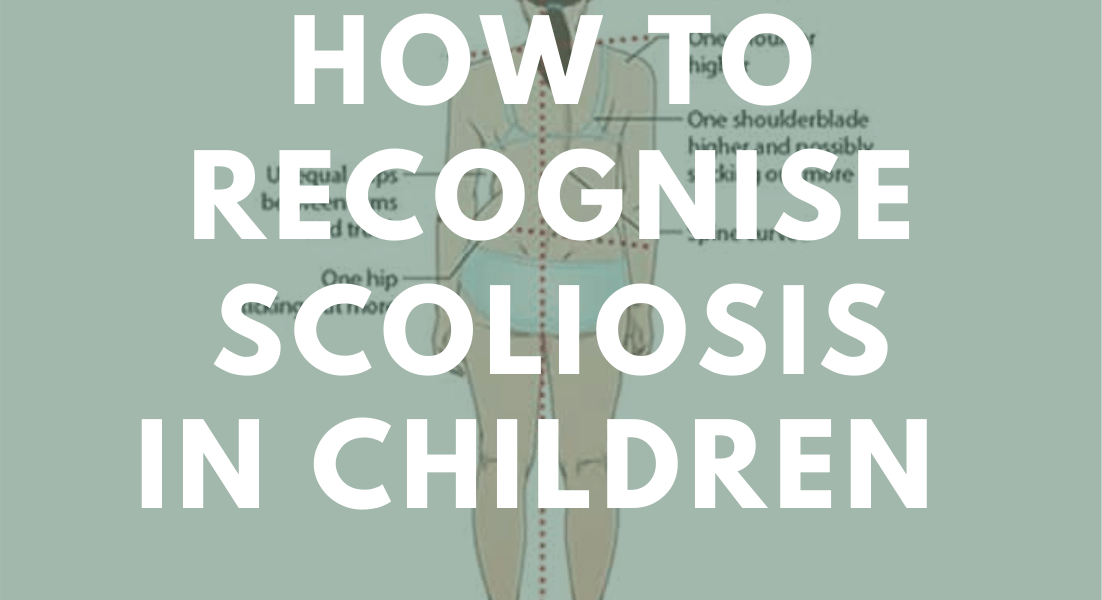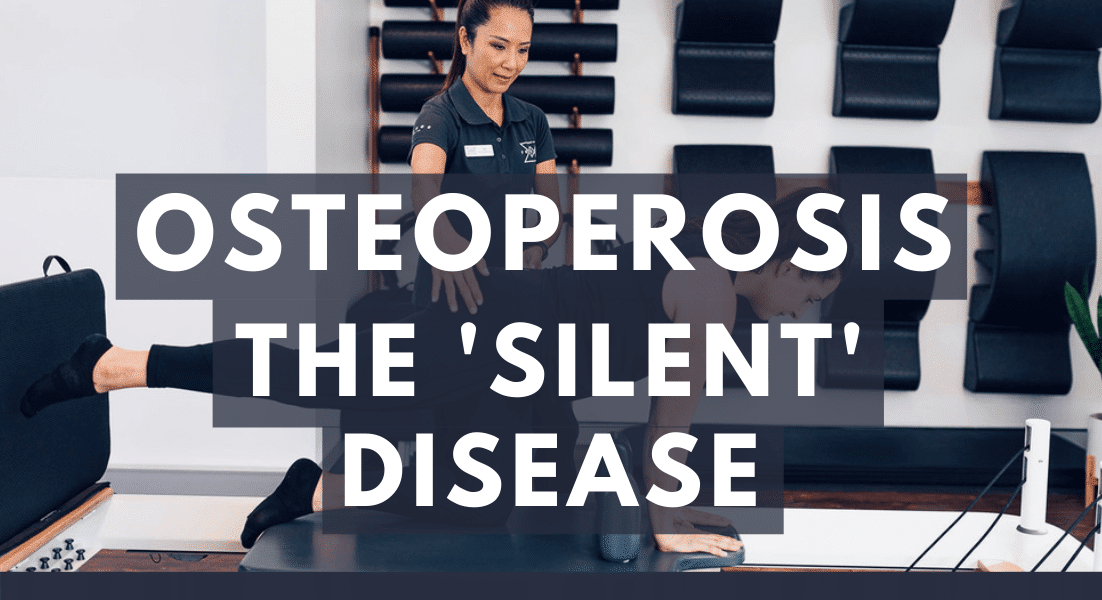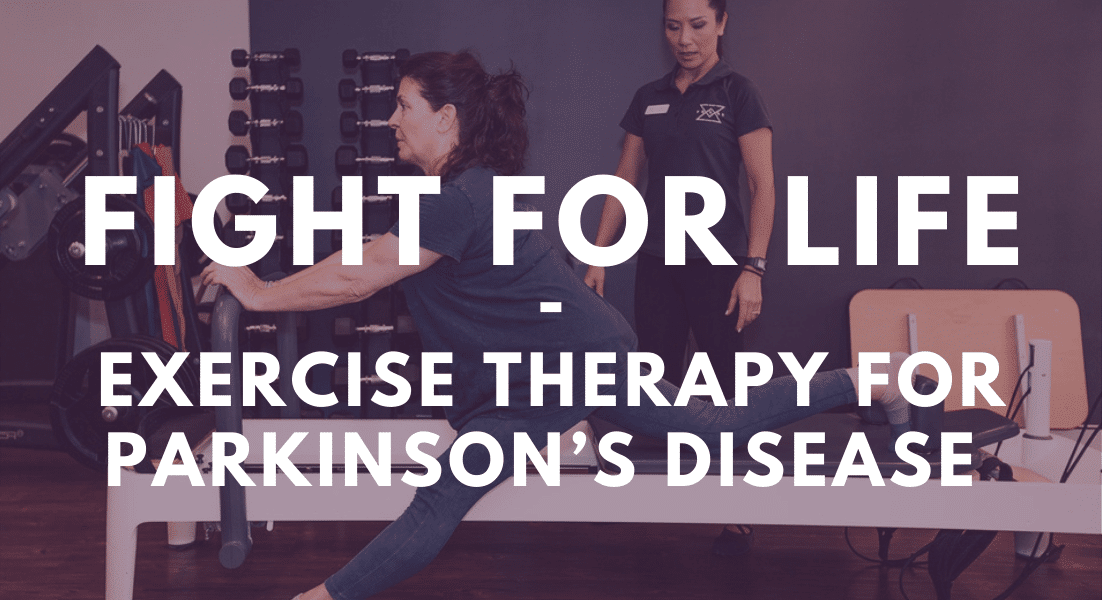Uncategorized
10
Sep
Your Forge Pilates Experience
YOUR FORGE PILATES EXPERIENCE The first time you take any new fitness class can be a little intimidating. But for some reason, Pilates classes have an extra air of “avoid this if you don’t know what you’re doing or if you have an acute injury.” Maybe it’s the reformer, with its straps and springs, or that even scarier torture-looking machine
31
Jul
Dance for Vitality
Dance for Vitality Dance Classes Guided by an Accredited Exercise Physiologist “Movement is a Medicine for creating change in a person’s physical, emotional and mental states.” Carol Welch WHY DANCE FOR VITALITY? Research in dancing for aging populations has shown evidencefor the below: Increased mobility Increased confidence through movement Improvements in balance and coordination + falls prevention Strength development Brings
1
Jul
The “Cure” for Diabetes
The “Cure” for Diabetes Exercise Therapy for Type II Diabetes Clinical Manifestation Diabetes mellitus is a group of metabolic disorders characterised by high levels of blood glucose resulting from defects in insulin production, insulin action or both. In this newsletter we will specifically be discussing Type II diabetes mellitus. Approximately 1.7million Australians have diabetes of which Type II makes up
31
May
The Fight against MS
THE FIGHT AGAINST MS Exercise Therapy for Multiple Sclerosis Clinical Manifestation Multiple sclerosis (MS) is an immune-mediated degenerative disease of the central nervous system, affecting an estimated 2.5 million adults worldwide1. Diagnosis typically occurs between 20-40 (however, there are cases outside of this range), and approximately three times as many women are diagnosed than men. Nerve impulses within the brain,
11
May
Football and COVID-19
Football and COVID-19 What happens to football players when training stops? Early Break Just a few months ago, there was a buzz in the air, the long-anticipated start of the season was here. Players had spent the better part of the last 3 months training through the pre-season preparing their bodies for the season ahead. But with the outbreak of
25
Feb
Why You Should Do Small Group Training with a Physiotherapist
What is Small Group Training? It is an exercise class which is run by a Physiotherapist with a maximum of 4 clients participating in the class. Each client is set up with their own individualised program which has been designed by their Physiotherapist. A variety of equipment is used to help you with your body awareness, encouraging correct muscle activation,
21
Jan
What is dry needling?
What is dry needling and what is it good for? Dry Needling is a skilled intervention performed by a Physiotherapist or Myotherapist that uses a thin filiform needle to penetrate the skin, as used in the practice of acupuncture, but it does not have the purpose of altering the flow of energy (“chi”) along traditional Chinese meridians for the treatment of
27
Dec
How to recognize Scoliosis in Children
What is Scoliosis? Scoliosis is a progressive, lateral curvature of the spine. It can affect both children and adults. In children it can be a more serious condition because it can rapidly progress as the child grows. The effects of scoliosis may include poor posture, shoulder humping, muscle weakness and pain. The signs of scoliosis are not always obvious, however
9
Aug
Osteoporosis, The “SILENT” Disease – Pilates as Management
What is Osteoporosis? Osteoporosis is a disease which causes the bone to decrease in density, which over time results in the bone becoming brittle. Osteoporosis develops when bones decrease in minerals (such as calcium) faster than the body can replace them. Over 1 million Australians have been diagnosed with Osteoporosis. People affected by this disease are at a higher risk
30
Jun
Fight for Life – Exercise therapy for Parkinson’s Disease
Clinical Manifestations Parkinson’s Disease (PD) is the second highest neurodegenerative condition by prevalence and the most common major movement disorder, affecting over 80,000 people in Australia. Prevalence increases three-fold after the age of 65, and with Australia’s aging population there has been a significant increase in total economic cost and burden of disease. The cardinal signs of PD include bradykinesia,

